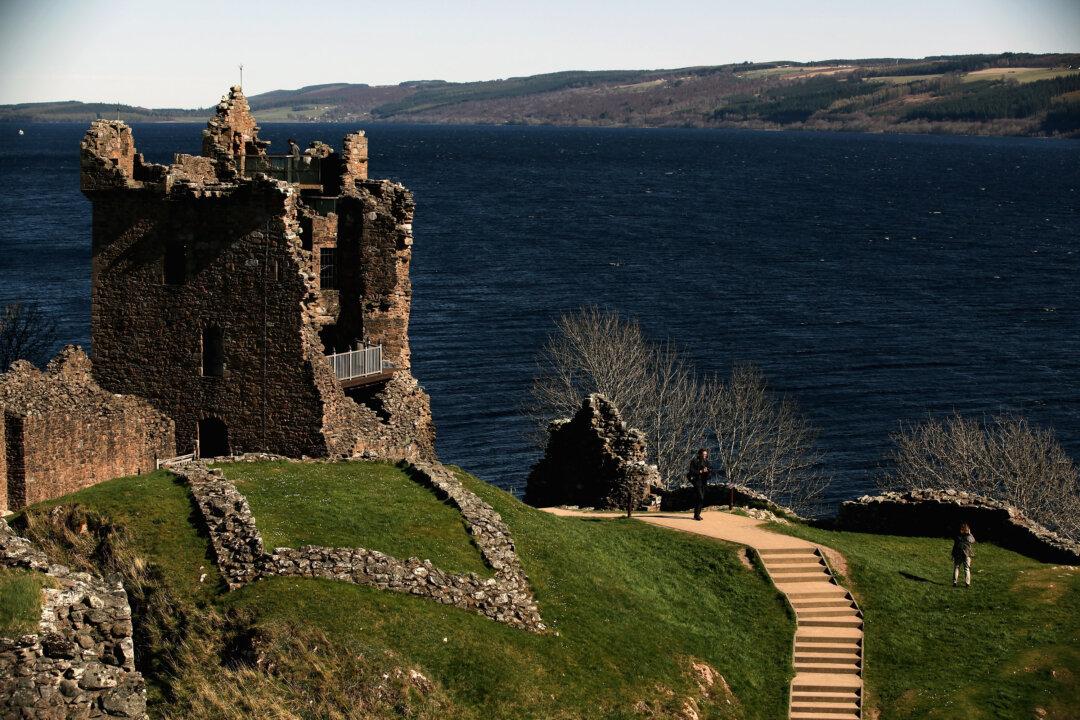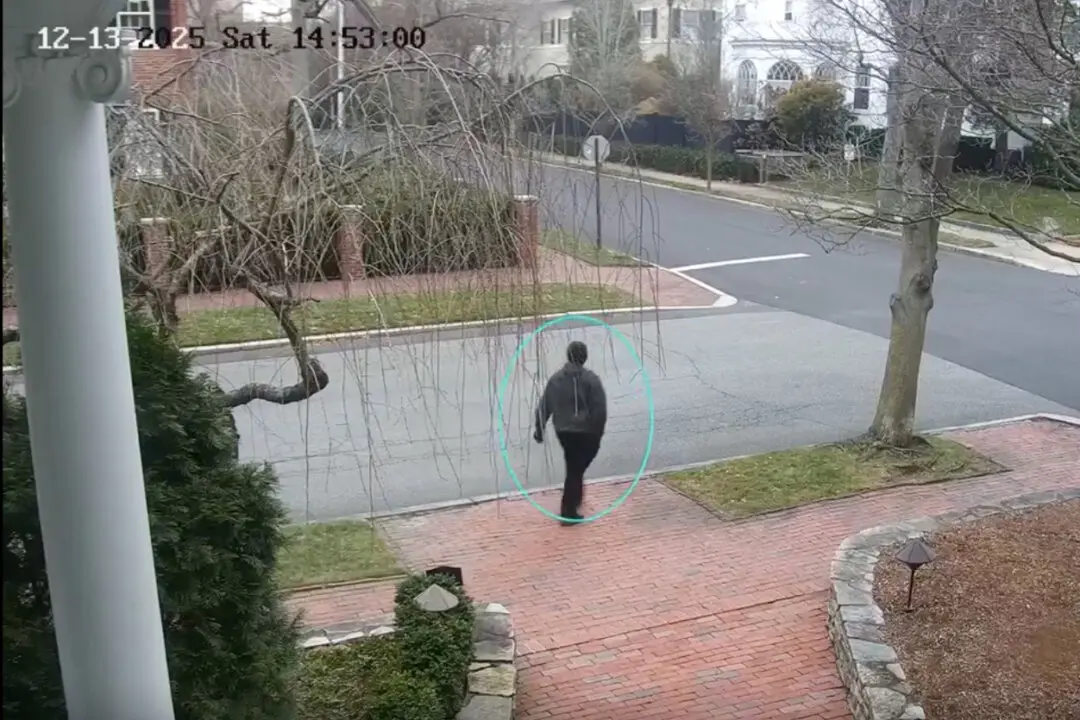A scientific study of the Loch Ness in Scotland has found that its famed monster, Nessie, “might” be real, according to reports.
The leader of the team from New Zealand’s University of Otago, Professor Neil Gemmell, said they took a number of water samples, which contained DNA from the animals that have lived in the Loch Ness.





